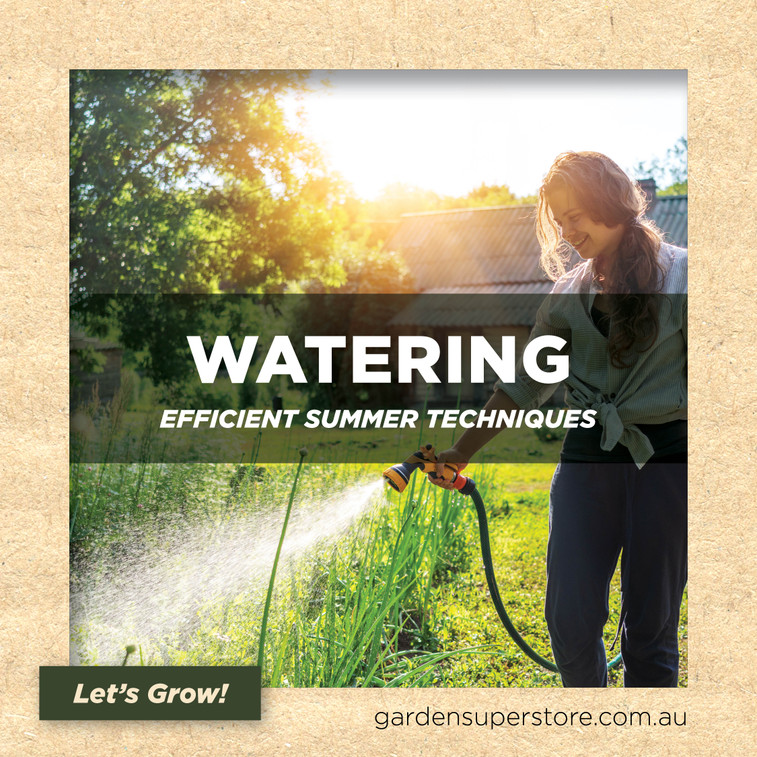
Slash Your Summer Water Bill With These Garden & Lawn Irrigation Tips
Posted by Dale Parsons on 13th Feb 2024
With Australia's increasingly hot, dry summers due to climate change, efficient and strategic garden watering is more crucial than ever. Summer water restrictions limit outdoor water use across many Australian councils, yet our gardens and lawns still depend on hydration to stay vibrant and healthy.
This summer watering guide provides home gardeners and lawn owners with expert techniques for keeping plants well-quenched while saving water. Follow these best practices tailored for Australian climates, and you'll cultivate resilient, thriving landscapes that can better withstand drought, require less overall irrigation, and help you reduce your water bills.
Every drop counts when watering in the Australian summer heat. Use these efficient irrigation strategies to keep your gardens green and your water usage low when things heat up. Continue reading to learn savvy tips on when, how much, and where to water for creating lush, water-wise gardens and lawns this summer and beyond.
Why Efficient Summer Watering Matters
As temperatures continue rising across Australia each summer, strategic outdoor watering becomes increasingly important. Here's why you should prioritize efficient irrigation during hot, dry summers:
- Climate change causes hotter, drier Australian summers - The rates of extreme heat events and droughts are rising across Australia due to climate change. Summers are only getting hotter and drier in the future. Careful watering is key for garden health.
- Water restrictions limit usage - Council-enforced water restrictions dictate how frequently and on which days Australians can water outdoors. Following watering guidelines keeps your garden hydrated while respecting local regulations.
- Promotes drought-resistance - Deep, infrequent summer watering based on observation encourages deeper root systems more adept at seeking out groundwater stored below hot, dry topsoil layers.
- Reduces water bills - Strategic garden irrigation methods can cut outdoor water use by up to 30%, yielding significant savings over a single summer. Wise watering keeps your garden gorgeous without sending your water bills soaring.
The case for efficient watering is clear. A bit of strategy goes a long way when hydrating gardens and lawns during Australia's increasingly hot, dry summers!
When to Water
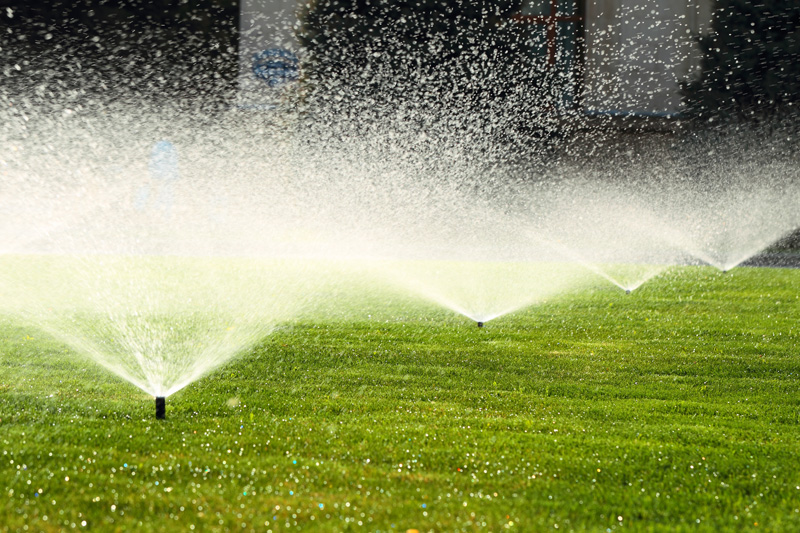 Timing is everything when it comes to efficient summer watering. To maximize water uptake while minimizing waste through evaporation, follow these tips:
Timing is everything when it comes to efficient summer watering. To maximize water uptake while minimizing waste through evaporation, follow these tips:
- Water early morning or evening - The best times to water are early in the morning, from 4-6 am, or in the evening after the sun sets. Temperatures are lower and winds calmer, reducing water loss from evaporation.
- Avoid midday watering - The hottest part of the day, from 10 am to 4 pm, sees high evaporation as water quickly steams off hot soil. Avoid irrigation during these peak heat windows.
- Observe plants for cues - Drooping leaves often signal a need for hydration, whereas some native or drought-resilient plants in a garden may thrive with less frequent watering. Tailor watering to each plant's visible needs.
- Water established plants less - Mature, well-rooted plants are better able to tap existing ground moisture and withstand dry spells than younger specimens. Focus most frequent watering on establishing new transplants.
Leveraging cooler temperatures in early day and evening reduces water requirements. Observe plants and soil to gauge true water needs rather than sticking to rigid schedules. Proper timing makes summer irrigation more effective for gardens and lawns.
How Much to Water
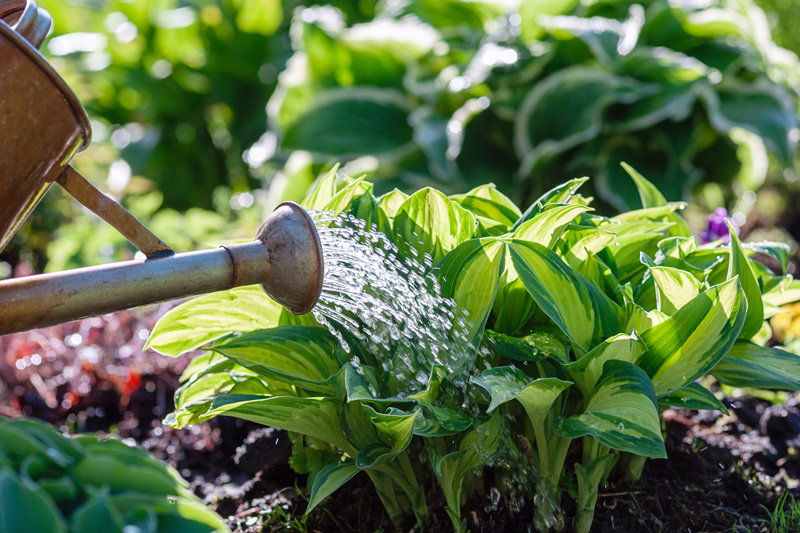 When it comes to garden and lawn irrigation, quality beats quantity. Here are tips for determining optimal watering volume:
When it comes to garden and lawn irrigation, quality beats quantity. Here are tips for determining optimal watering volume:
- Water deeply, but infrequently - For established plants, one longer soak that penetrates deeper into the soil is better than frequent shallow sprinkles. Deep watering every 5-7 days encourages deeper root growth to access groundwater.
- Amount depends on various factors - Soil type, plant varietal, weather patterns and more influence how much water gardens and lawns require. Sandy soils require more frequent watering than clay, for example. Evaluate multiple variables.
- Check soil moisture 2-4 inches down - Insert a trowel or moisture meter probe several inches into soil around plants' roots to gauge moisture content before watering. Dry deeper down means it's time to irrigate.
- Consider moisture sensors - These devices monitor soil moisture levels in different garden beds and relay when watering is needed via app notifications. Convenient for large or tricky gardens!
- Group plants by needs - Bedding plants together with similar water requirements makes irrigation easier than a mosaic of thirsty and drought-tolerant specimens.
Careful calibration ensures garden plantings get the hydration they crave without overwatering and wasted excess. An ounce of prevention avoids pumping thousands of gallons into an already moist landscape!
Where to Water
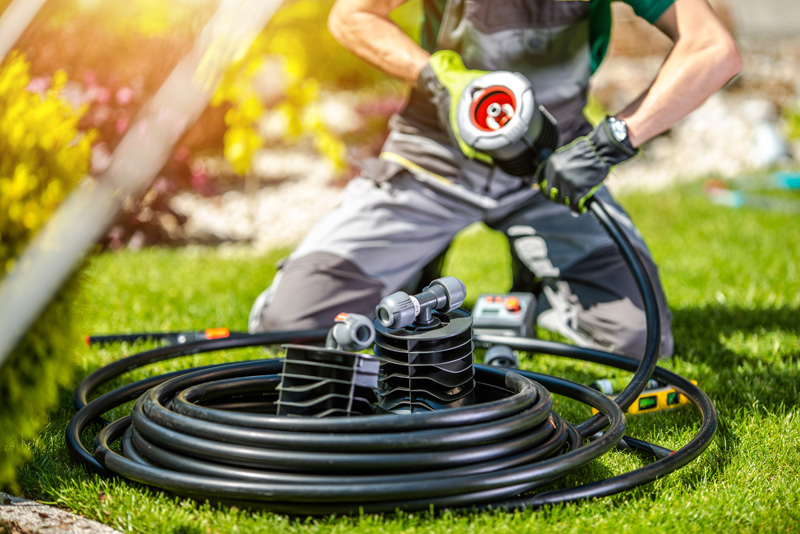 Strategic placement of garden and lawn irrigation streamlines summer watering. Follow these tips on precision placement:
Strategic placement of garden and lawn irrigation streamlines summer watering. Follow these tips on precision placement:
- Water plants at their roots - Watering the soil right at the plant's root zone avoids water splashing and beading on foliage, which leads to excess evaporation and waste.
- Use drip irrigation in garden beds - Drip lines or hoses that release water slowly at the base of plants are the most efficient irrigation method, keeping the soil moist only where needed.
- Hand water seedlings - Use a watering can or hose with a gentle shower nozzle gently sprinkled around new seedling roots in garden beds instead of overhead water that easily washes them away.
- Soaker hoses for hedges and shrubs - Laid in landscaping beds below hedges, trees and shrubs, porous soaker hoses seep moisture into the soil without runoff.
- Water early AM for lawns - Overhead spray reaching lawn roots without evaporating is best very early morning before sunrise when it's coolest.
Precision placement puts every water drop right where plants can use it. Emitters, drip lines and soaker hoses beat sprinklers for garden efficiency. Carefully target irrigation to maximize benefits while conserving summer water.
Alternative Water Sources
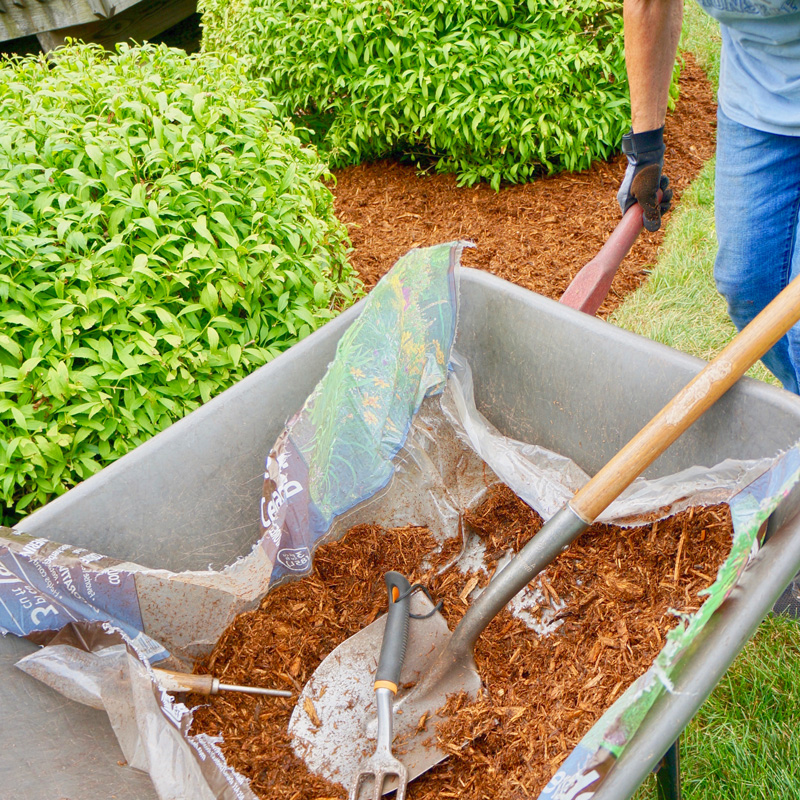 While efficient irrigation techniques reduce total reliance on the hose or sprinkler system, expanding water sourcing options aids summer water savings further. Consider integrating these alternate water sources:
While efficient irrigation techniques reduce total reliance on the hose or sprinkler system, expanding water sourcing options aids summer water savings further. Consider integrating these alternate water sources:
- Rainwater harvesting systems - Barrels or cisterns positioned under gutter downspouts capture rainfall runoff from roofs which can be used to irrigate ornamental gardens and trees.
- Greywater reuse - Used household wastewater from baths, showers, sinks, and washing machines can, with proper treatment, provide supplemental irrigation for gardens. Check local regulations.
- Air conditioning condensate - An ingenious system collects and diverts the condensation dripping from air conditioning units outside, which would otherwise be wasted.
- Native, climate-appropriate plants - The ideal built-in watering system, native Australian plants thrive on only natural rainfall in regions that mirror their original habitat.
- Mulch, mulch more - Organic wood chips or rock mulches help the soil retain moisture while suppressing water-stealing weeds. Mulch also keeps soil cooler. Replenish fading mulch layers annually.
Alternative water collected onsite eases the demand on municipal supplies for irrigation needs. Every bit of rainfall caught or household humidity harvested remains in the garden where it belongs.
Key Takeaways
As Australian summers continue intensifying, water-wise outdoor irrigation allows gardens and lawns to thrive despite hotter, drier conditions. Following best practices for when, how much and where to water builds landscape resiliency while respecting water restrictions.
The key takeaways are:
- Water early morning or evening to reduce evaporation
- Deeply soak soil infrequently to encourage deeper roots
- Locate emitters and soakers at plant root zones, not leaves
- Consider mulch, rain barrels, AC condensate capture
Implementing these strategic irrigation techniques yields multiple benefits: healthier plants, fewer summer losses, reduced water waste and lower usage bills. Efficient watering philosophies cultivate perennial, sustainable garden beauty.
This summer and beyond, arm yourself with knowledge of precision irrigation. By working with nature’s cycles instead of against them, your gardens can flourish more abundantly than ever, using every precious drop wisely. The future of sustainable Australian gardens starts with smart watering this summer.
